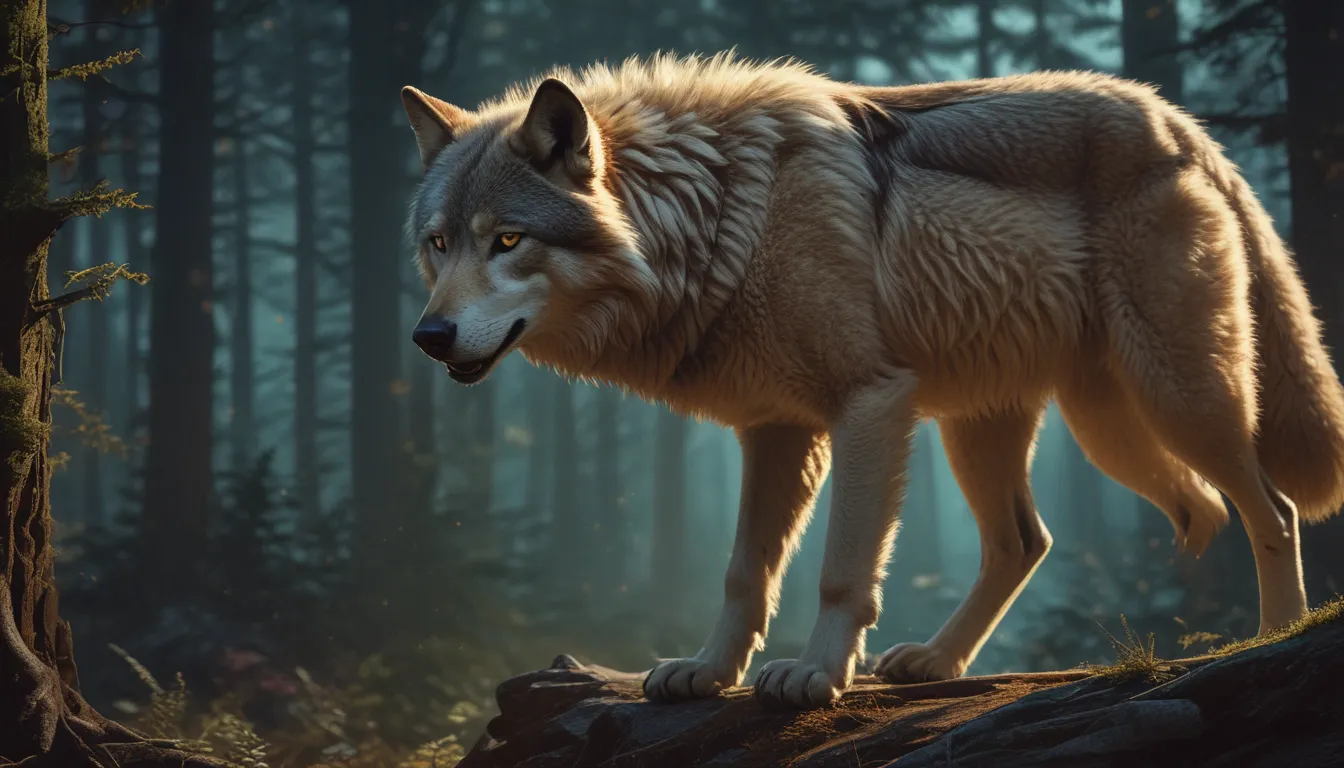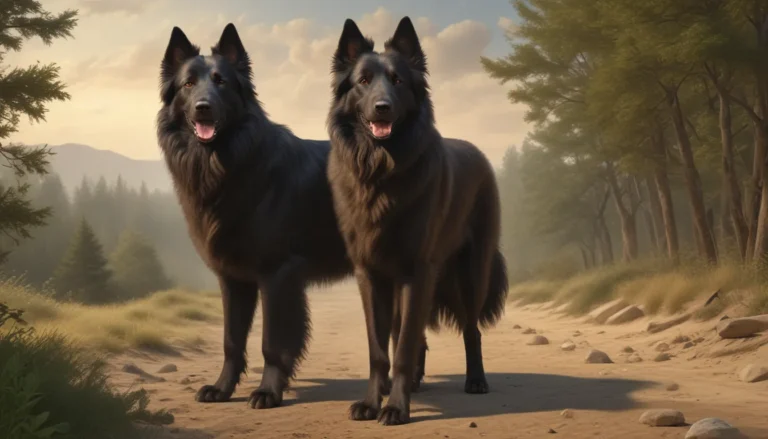The pictures we use in our articles might not show exactly what the words say. We choose these pictures to make you interested in reading more. The pictures work together with the words but don’t take their place. The words still tell you the important facts.
Wolves are renowned for their captivating social dynamics and remarkable ability to work together in packs. These majestic creatures exhibit a complex social structure, much like human families, that enables them to thrive in the wild. From the dominant alpha pair to the playful omega wolves, each member plays a vital role in the pack's survival. Communication is key among wolves, whether through howling, body language, or scent marking. Their hunting strategies, territorial behaviors, and pack dynamics further showcase their intelligence and adaptability. Let's delve deeper into the enchanting world of wolf packs and uncover 25 fascinating facts about these remarkable animals.
Unveiling the Social Structure of Wolf Packs
- Alpha Pair: The alpha male and female lead the pack, making crucial decisions and maintaining order.
- Beta Wolves: Second in command, betas assist the alphas and step in if necessary.
- Omega Wolves: The lowest-ranking members act as stress relievers, creating a harmonious pack atmosphere.
- Pup Care: All pack members contribute to raising the young, ensuring their well-being and survival.
- Pack Size: Typically ranging from 6 to 10 members, packs can sometimes reach up to 30 individuals.
Communication Strategies Among Wolves
- Howling: Wolves use their unique howls to communicate over long distances, facilitating pack cohesion.
- Body Language: Tail positions, ear orientations, and other gestures convey emotions and intentions.
- Scent Marking: Marking territory with scent helps wolves establish boundaries and deter rival packs.
- Facial Expressions: Expressions like lip curls and bared teeth indicate dominance, submission, or aggression.
- Vocalizations: Whining and growling are used for close-range communication, signaling danger or discomfort.
Mastering Hunting and Feeding Habits
- Cooperative Hunting: Wolves hunt in synchronized groups, strategizing to capture prey effectively.
- Prey Selection: Targeting weaker individuals maintains the health of prey populations and sustains wolf populations.
- Feeding Hierarchy: The alpha pair eats first, followed by other pack members according to rank.
- Food Sharing: Wolves share food across the pack, ensuring everyone receives nourishment.
- Caching Food: Surplus food is sometimes buried for future consumption, especially during scarcity.
Establishing Wolf Pack Territories
- Large Territories: Ranging from 50 to 1,000 square miles, territories provide essential resources for survival.
- Territorial Defense: Wolves defend their territory vigorously against rival packs, engaging in confrontations if necessary.
- Scent Posts: Specific locations are marked with urine and feces to delineate territory boundaries.
- Travel Patterns: Wolves can travel up to 30 miles a day within their territory, searching for food and monitoring boundaries.
- Den Sites: Secluded dens offer a safe environment for raising pups and sheltering the pack.
Adapting to Varying Pack Dynamics
- Dispersal: Young wolves leave the pack to seek mates and establish their own packs, ensuring genetic diversity.
- Leadership Challenges: Lower-ranking wolves may challenge the alpha pair, leading to shifts in pack hierarchy.
- Pack Mergers: Occasional merger of packs occurs, particularly in smaller groups or after losing members.
- Seasonal Adjustments: Pack behavior can vary with seasons, such as increased hunting activity in winter.
- Human Impact: Human activities like habitat destruction and hunting can alter pack dynamics and threaten their survival.
Embracing the Enchantment of Wolf Packs
Wolves embody the essence of teamwork and loyalty within their packs, showcasing the power of togetherness in the wild. From hunting to pup rearing, each member contributes to the pack's success and survival. Their communication and social structures reveal a profound understanding of collaboration and community. When you hear a wolf howl, remember the intricate world of cooperation and resilience behind that sound. Wolf packs serve as a poignant reminder of the impactful outcomes that arise from unity and mutual support.
Conclusion
Exploring the captivating world of wolf packs unveils a tapestry of intricate relationships, communication strategies, and survival instincts. These remarkable creatures exemplify the significance of teamwork and mutual assistance in thriving within their natural habitat. By understanding the social dynamics, hunting techniques, and territorial behaviors of wolf packs, we gain insights into the intelligence and adaptability of these fascinating animals. Let us continue to appreciate and learn from the remarkable world of wolf packs, where unity, communication, and cooperation reign supreme.






